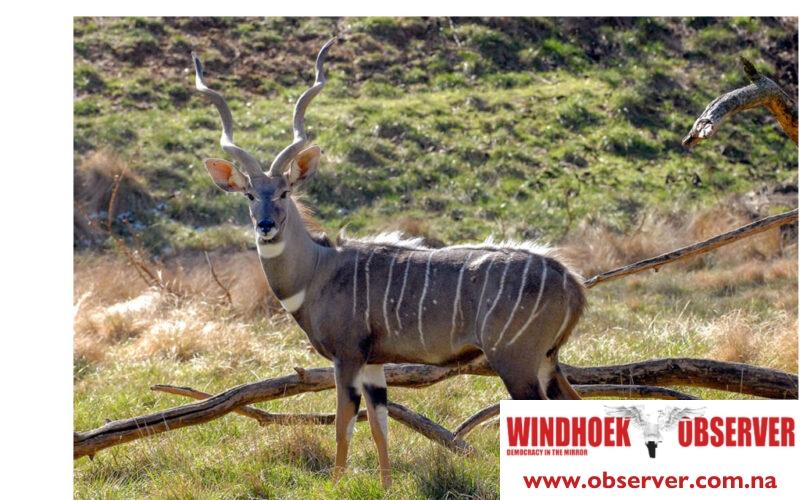Niël Terblanché
The Namibia Agriculture Union (NAU) has reported an increase in rabies cases among kudus, a situation exacerbated by the prevailing drought conditions in the region
With regard to the concerning development, the NAU has extended its gratitude towards its members for their prompt reporting of these cases to the Directorate of Veterinary Services (DVS) while reiterating the importance of vigilance in spotting diseased animals.
According to the NAU, rabies poses a significant risk not only to wildlife but also to domestic animals and humans.
The organisation reminded the public that rabies is a notifiable disease as per legislation.
The NAU and DVS stressed that any suspected cases must be reported to the nearest state veterinary office, in line with the Animal Health Act. Failure to report such cases can be considered a criminal offence
Rabies manifests through notable changes in animal behaviour. Domestic animals may display increased aggression, while wild animals may exhibit decreased fear of humans, potentially leading to dangerous interactions.
Symptoms such as staggering, paralysis, excessive salivation, and unprovoked aggression are indicative of rabies infection. The disease is particularly vicious in species like cats and honey badgers, which may attack humans without provocation.
According to the NAU, affected animals should be euthanized and their remains isolated to prevent the spread of the virus, which is transmitted through direct contact with infected tissues or fluids.
The Central Veterinary Laboratory plays a crucial role in analyzing brain samples from deceased animals to confirm rabies, with DVS providing the necessary funding for such actions.
Kudus, among other wild herbivores, are especially susceptible to rabies, attributed to their social behaviours and dietary habits which facilitate the transmission and rapid progression of the disease.
The outbreak often begins unnoticed but can escalate quickly, leading to significant mortality in affected populations.
This pattern of spread is particularly devastating in communal settings, such as nature reserves, where close proximity facilitates transmission among animals.
Interestingly, the spread of rabies to predators is less common due to the nature of the virus and the behaviour of infected prey. However, instances of rabies decimating groups of social carnivores in nature reserves have been reported, illustrating the indiscriminate threat posed by this disease.
The rise in rabies cases among kudus and other wildlife in Namibia is a stark reminder of the interconnectedness of animal health, ecosystem stability, and human safety.
The NAU and DVS urged the public and stakeholders to remain vigilant, report suspected cases promptly, and adhere to safety protocols to mitigate the impact of this outbreak.
According to the Nau, the fight against rabies is a collective effort, requiring cooperation and proactive measures to protect both wildlife and human communities from this deadly disease.




